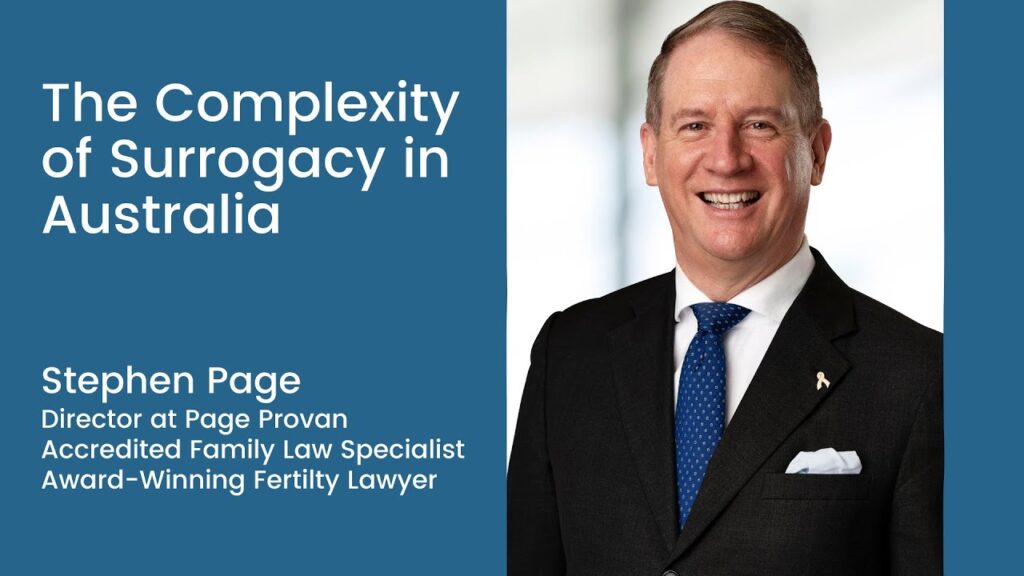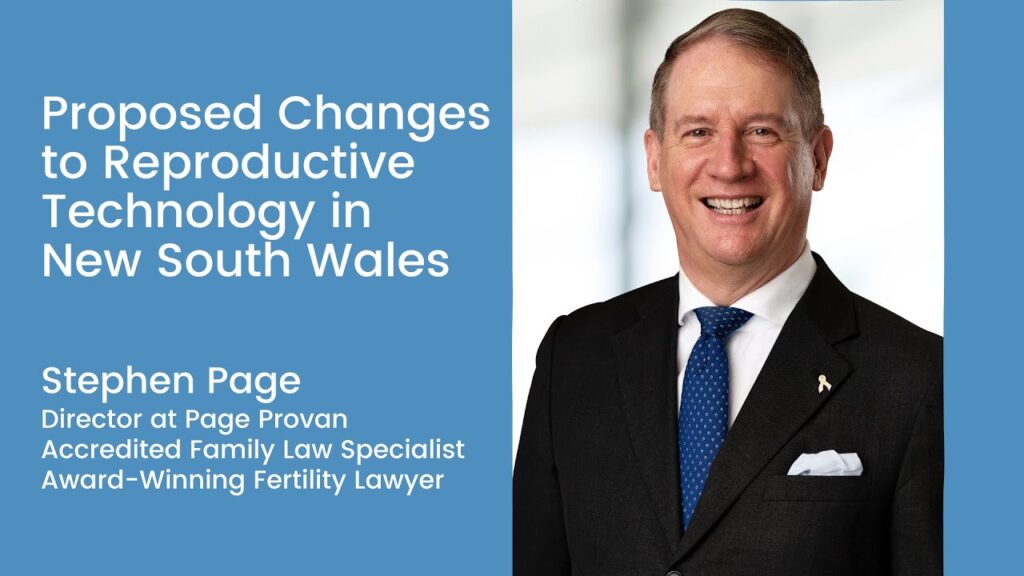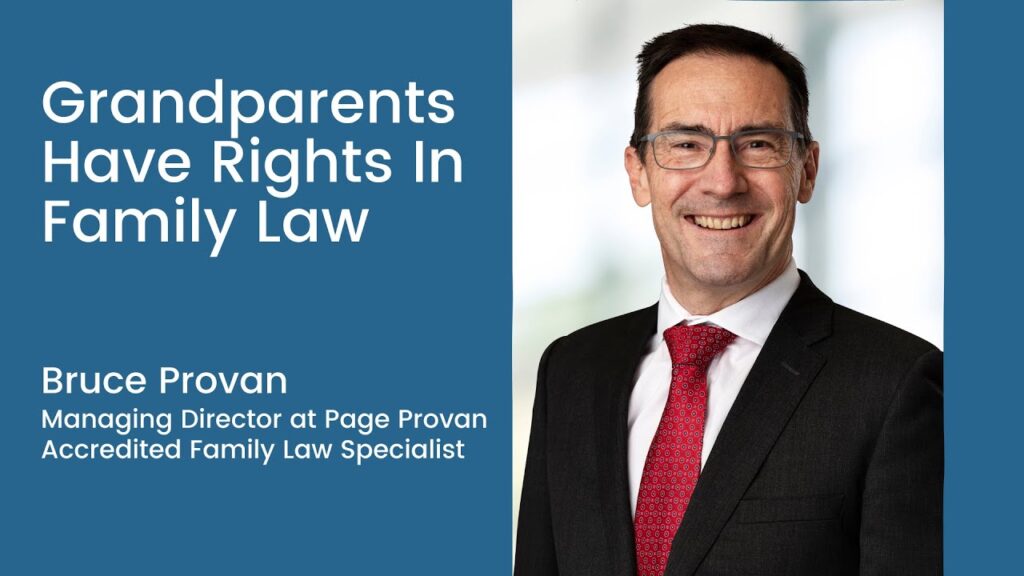Child support: non-disclosure leads to a robust approach
In the recent Federal Magistrates Court case of Child Support Registrar and Kanavos, Federal Magistrate Altobelli had to decide what to do with a Mr Kanavos who owed over $270,000 in arrears and penalties to the Child Support Agency, but apparently had negligible income and if Mr Kanavos were believed, therefore could not pay.
Federal Magistrate Altobelli did not believe him and ordered that monies not only be paid by Mr Kanavos, but that it be garnished from his company at the rate of 30% after tax, and that customers of his company pay 50% of their payments to the Child Support Agency.
His Honour had “no idea” what the finances of Mr Kanavos were, but:
The totality of the evidence leads me to …conclude that all of the companies
that feature in this case were merely convenient entities for [Mr Kanavos] to
use to structure his affairs and cash flow with a view to protecting himself,
and his new family, from the claims of creditors of the business and personal
creditors such as the Child Support Registrar. I reach this conclusion
notwithstanding the emphatic submissions …to the effect that whilst there may
be some anomalies in the accounts, viewed objectively there was no fabrication
in relation to income and expenses. I simply cannot accept this submission. The
voluminous financial material produced by [Mr Kanavos, his wife and their
company] late in this litigation when it suited their purpose, but not earlier
when it was required by the [Child Support Agency], creates an almost
irresistible inference of non-disclosure as well as fabrication of evidence to
justify blatant anomalies. I cannot accept anything other than [Mr Kanavos’]
desire, demonstrated capacity and willingness to do almost anything to sacrifice
the interests of third parties such as the applicant as part of his zealous
pursuit of his own interests. Quite frankly the Court has no idea whatsoever
what is the true extent of the financial circumstances of the first respondent.
He has chosen not to disclose the same. Accordingly I am entitled to take a
robust approach in dealing with his evidence, and the matters before the court.
I am certainly comfortable in making the findings I have referred to above but I
cannot help but feel there remain undisclosed assets and resources controlled by
the [Mr Kanavos]that he has not placed before the Court.
His Honour also usefully summarised the law about secret trusts:
The law about secret trusts is set out in a number of cases.
In the
High Court’s decision of Voges & Monaghan [1954] HCA
63; (1954)
94 CLR 231 the judgment of Fullagar and Kitto JJ cited the following passage
from French v French (1902)
1 IR 172 as to the nature of secret trusts:
A passage in the judgment of
Lord Davey in French v French (1902)
1 IR 172 contains probably as clear an exposition of the principle as is to
be found in the books. “It is now well established,” his Lordship said, “and has
been settled since the time of Lord Hardwicke, that if a testator communicates
in his lifetime to a proposed devisee or legatee that he has left him his
property, and expresses a wish that the property should be disposed of in a
particular manner, and the legatee or devisee by acquiescence, or even by
silence, accepts that communication, and the testator dies without any
repudiation, a trust is fastened upon his conscience, as it is said, and he
cannot afterwards either appropriate the property to his own use or dispose of
it otherwise than in accordance with the wishes which were thus communicated to
him, and which he has accepted. My Lords, it is said that this jurisdiction is
based upon fraud, and so it is, because if you once get to this, that it is a
trust which is imposed upon the conscience of the legatee, then if the legatee
betrays the confidence in reliance upon which the bequest was made to him, then
it is what I should think everybody would consider a fraud, though I take the
liberty to say that the moral turpitude of any particular case must vary
infinitely according to the circumstances of the particular case. My Lords, the
basis of it is of course that the testator has died, leaving the property by his
will in a particular manner on the faith and in reliance upon an express or
implied promise by the legatee to fulfil his wishes, and your Lordships will at
once see that it makes no difference whatever whether the will be made before
the communication to the legatee or afterwards, because, as was said, I think,
by Turner VC. in one of the cases which were cited, the presumption is that the
testator would have revoked his will and made another disposition if he had not
relied upon the promise, express or implied, made by the legatee to fulfil his
wishes” (1902) 1 IR, at p 230.
In the same High Court judgment Dixon CJ
(dissenting) said the following about the standard of proof:
As Viscount
Sumner said in Blackwell v Blackwell (1929)
AC 318:
“The necessary elements, on which the question turns, are
intention, communication, and acquiescence. The testator intends his absolute
gift to be employed as he and not as the donee desires; he tells the proposed
donee of this intention and, either by express promise or be the tacit promise,
which is signified by acquiescence, the proposed donee encourages him to
bequeath the money in the faith that his intentions will be carried out” (1929)
AC, at p334.
But all these elements must be established to the reasonable
satisfaction of the court. The evidence may be circumstantial or it may consist
in admissions by the legatee upon whom it is sought to fix the trust, and the
admissions may be express or by conduct or the proof may consist in both
admissions and circumstantial evidence. When the issue is contested it will
seldom include direct evidence of what passed between the testator and the
legatee. But, in particular, the evidence must prove satisfactorily that the
trust was ascertained and what it was.
The elements of a secret trust are
usefully summarised by Brightman J in Ottaway v Norman (1972)
1 CH 698 at 711:
The essential elements which must be proved to exist
are: (i) the intention of the testator to subject the primary donee to an
obligation in favour of the secondary donee; (ii) communication of the intention
to the primary donee; and (iii) the acceptance of that obligation by the primary
donee either expressly or by acquiescence.












